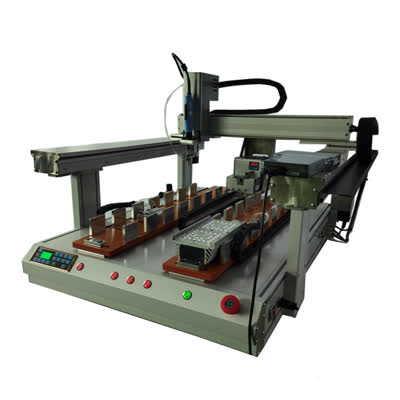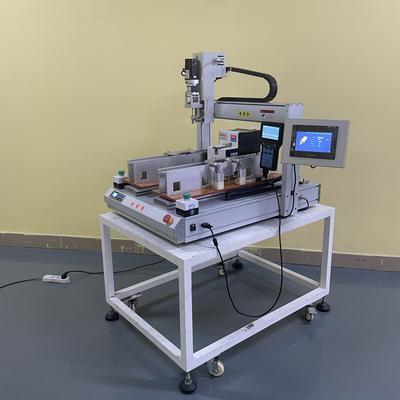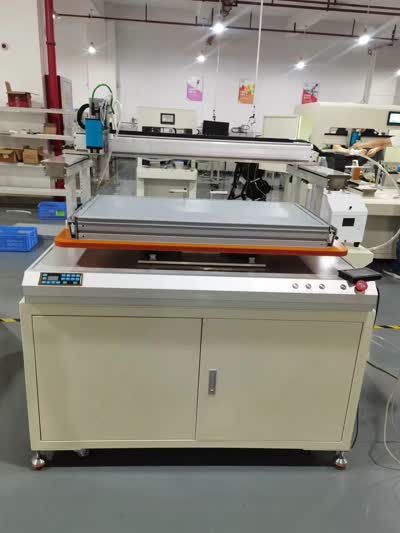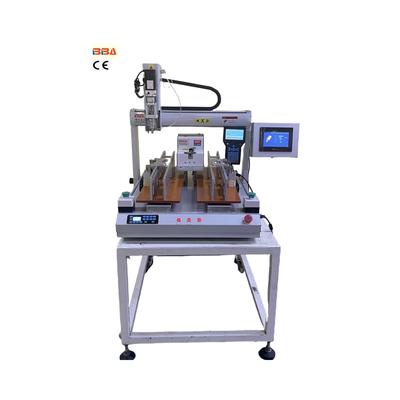Daily Maintenance Tips for Screw Assembly Equipment | Servo Screwdriver Robot Care
| Product Name | Applicable industries |
| Servo Screwdriver Robot | Smart Wearables Production |
Daily Maintenance Tips for Screw Assembly Equipment
Screw assembly equipment is a cornerstone of modern manufacturing, ensuring precision and efficiency in producing everything from consumer electronics to heavy machinery. To maximize performance and longevity, routine maintenance is essential. Neglecting daily upkeep can lead to downtime, increased costs, and compromised product quality. Below are practical maintenance strategies to keep your equipment operating at peak levels.
Visual Inspection and Cleaning
Start each shift with a thorough visual inspection. Look for loose screws, worn belts, or misaligned components. Dust, debris, or residual lubricant can accumulate in feed tracks, sensors, and drive mechanisms, causing jams or sensor errors. Use compressed air or lint-free cloths to clean critical areas, avoiding abrasive materials that might scratch surfaces.
Lubrication and Component Care
Proper lubrication reduces friction and wear on moving parts like guide rails, ball screws, and spindle motors. Always use manufacturer-recommended lubricants, and apply them sparingly—excess grease can attract contaminants. Check pneumatic systems for air leaks and ensure filters are clean to maintain consistent pressure.
Calibration and Alignment Checks
Even minor misalignments in screw feeders or tightening heads can result in defective products. Verify torque settings using a calibrated torque tester, and inspect the concentricity of spindle collets. Monitor sensors and programmable logic controller (PLC) inputs to ensure accurate feedback loops. Recalibrate tools if deviations exceed tolerances.
Fastener and Tooling Inspection
Worn or damaged driver bits, sockets, or feeder nozzles can strip screws or cause inconsistent tightening. Replace chipped or deformed tools immediately. For feeders, confirm that screws are free of burrs or corrosion, as these may disrupt the feeding process. Document tool lifespan to predict replacement intervals proactively.
Software and Data Monitoring
Modern screw assembly systems rely on software for precision control. Regularly update firmware to access performance improvements and security patches. Analyze production logs for anomalies, such as sudden increases in error rates or cycle times, which may indicate mechanical wear or software glitches.
Operator Training and Documentation
Ensure operators understand basic troubleshooting steps, such as clearing jams or resetting safety interlocks. Maintain a daily checklist to standardize inspection routines and record observations. Digitizing maintenance logs can help identify recurring issues and optimize schedules.
Final Thoughts
Daily maintenance of screw assembly equipment is a low-effort, high-return investment. Implementing these practices minimizes unplanned downtime, extends equipment lifespan, and safeguards product consistency. By fostering a proactive maintenance culture, manufacturers can achieve higher throughput and long-term operational efficiency.



